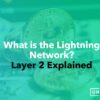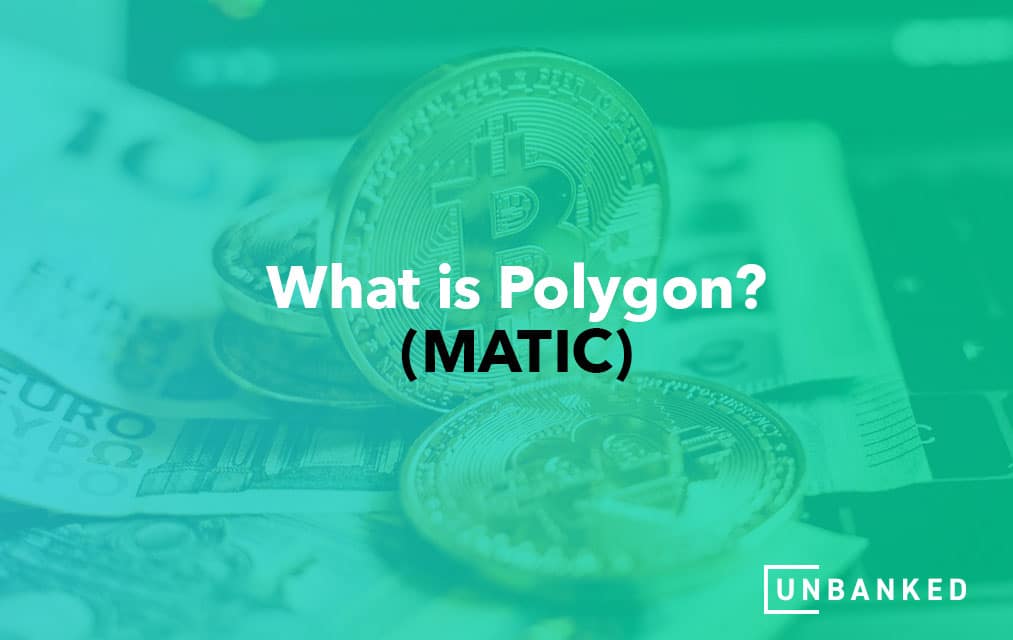In the world of cryptocurrency, there’s always a new term thrown at us, making it hard to keep up. Have you heard about Polygon Crypto MATIC?
This cutting-edge crypto is making waves in digital currency and blockchain technology, but what exactly is it? In this blog post, we’ll provide an overview of Polygon Crypto MATIC to understand better what this exciting form of digital asset has to offer.
Related: How to Research Cryptocurrency: A Guide & Checklist
Polygon Crypto MATIC: What Is It?
Polygon Crypto MATIC is a new blockchain solution created to help developers build and connect Ethereum-based applications more efficiently. It’s designed to address the issues of scalability and high gas fees on the Ethereum network, allowing it to handle more transactions without sacrificing performance.
Polygon can offer faster transaction times and lower fees by connecting multiple blockchains. As well as being used by developers to build robust applications, users can also access Polygon for carrying out transactions between different currencies, with near-instant speeds compared to traditional transfers. This opens the door for the broader adoption of blockchain technology in everyday use and presents a wide array of new possibilities for businesses and their customers.
What Is the Difference Between MATIC and Polygon?
There is confusion between the two terms MATIC and Polygon. It may make you wonder if they are the same or if there’s any difference between them.
Before February 2021, Polygon was known as the MATIC network and offered it’s users plasma sidechains. Plasma chains provide users with a greater sense of security in exchange for convenience.
Assuming its governing system can fail, Plasma chains publish their “root” on Ethereum layer 1. Although this design provides greater security, it renders these chains unable to perform complex operations.
Once MATIC started to expand, the owners decided to change its name to Polygon. This is why there’s so much confusion between the two. In addition to Matic, Polygon encompasses several other operations. However, Polygon’s native cryptocurrency is the MATIC token.
Who Created the Polygon System?
Polygon was created in 2017 by the team at Matic Network. Founded by four tech professionals and entrepreneurs, Jaynti Kanani, Mihailo Bjelic, Sandeep Nailwal, and Anurag Arjun, the project quickly gained recognition as one of the most promising solutions in the industry.
Considered a layer-two scaling solution on the Ethereum platform, it has gained immense popularity among developers and blockchain enthusiasts. In addition to being simple to use, the Polygon network allows developers to quickly and efficiently build and deploy their decentralized applications.
The dApp network hosts its own tokens that provide liquidity assurance to projects built on the blockchain. Furthermore, its usage over the Ethereum network has zero gas fees for any transactions initiated with this layer-two solution.
What Are the Workings of the Polygon?

Polygon is a new and innovative technology that is set to revolutionize how financial services are processed. Polygon utilizes the Ethereum network, allowing users to use interoperability and scalability benefits.
Transactions are secured through a proof-of-stake consensus mechanism, with all data stored on the chain’s distributed ledger. Polygon offers an advanced layer two scaling solution, utilizing sidechains for faster speed and scalability, allowing businesses to reap the benefits of smart contracts without performance issues.
In addition to being highly secure, Polygon also incorporates built-in tokenization tools and identity solutions for improved user experience and control. All transactions using the Polygon blockchain are verifiable on the public ledger, ensuring the trustworthiness of transactions quickly and securely.
Are you investing in Polygon? To protect your cryptocurrency, you’ll need a bank account. Check out Unbanked services.
What Are the Advantages of Using Polygon?
Polygon has emerged as a powerful platform for creating and managing decentralized applications. Its main advantage is low latency, allowing developers to create high-performing apps without worrying about slow speeds or lagging transactions.
In addition, Polygon makes it easier to develop on the Ethereum blockchain by providing sidechains. This allows developers to test and deploy their applications before they launch onto the main network.
Moreover, because users do not have to pay fees for transactions executed with the Polygon protocol, it is much more economical than other blockchain solutions. This makes it an ideal choice for entrepreneurs and businesses looking for an affordable yet efficient platform. Finally, the scalability of Polygon ensures that it can still be used securely even as user numbers increase and their needs expand over time.
Related: What is Crypto Winter? Advantages & Disadvantages
What Are the Disadvantages of Using Polygon?
Polygon blockchain is an emerging technology that has the potential to revolutionize the way people use digital payments and record essential data. However, some disadvantages to using Polygon must be considered before any company or individual adoption.
One of the main issues is scalability, as it can become difficult for applications running on Polygon to process large volumes of transactions and data on time. Additionally, a global network of computers is required for the system to function correctly, which will increase overall costs for implementing the Polygon.
Finally, the system also faces potential theft and fraud since the distributed consensus, while highly secure, cannot guarantee user trust with complete certainty. Ultimately, while Polygon provides a cutting-edge digital payment and recordkeeping solution, these potential drawbacks must be carefully weighed against its unique benefits before adoption.
How Does Polygon Help With Using Ethereum?
Polygon is making a significant impact on the Ethereum network. It allows developers to create custom smart contracts, process dozens of transactions per second, and scale quickly and cheaply. The platform also acts as a layer-2 solution to the ETH blockchain, providing an impressive array of features such as asset tokenization, private data management, gaming, and DeFi protocols support.
Additionally, users can benefit from greater security since Polygon’s architecture runs on its own sidechain parallel to Ethereum. This makes it more cost-effective for users to interact with it for projects like DeFi or video gaming dApps.
Polygon also boasts faster transaction confirmations than Ethereum, combined with improved security. These benefits make Polygon an excellent partnership for Ethereum, giving users the confidence that their transactions are secure and that transactions can move more quickly on the network.
How Does the Polygon Token Work?

It is a utility token to power the Polygon network and facilitate transactions on the Ethereum blockchain. This token is essential to creating financial automation by using smart contracts to ensure fast, secure, permissionless transactions for its users.
Furthermore, the token allows users to access initiatives processed through the Polygon Proof-of-Stake (PoS) sidechain, where they can participate in activities such as staking, voting, and governance.
In addition, MATIC tokens are also used to pay network fees and provide rewards to stakeholders that support Polygon’s initiatives. As a result, the Polygon MATIC token is a crucial identifier needed to engage with services on the network.
Related: Meme Coins: What They Are & How They Work
Should You Invest in Polygon Crypto MATIC?
Polygon Crypto MATIC is a new project with a lot of potential. It has the backing of some big-name investors and developers and a strong community.
The price is still low, so there is potential for profit if you invest now. However, as with any investment, there are always risks involved. Do your research and talk to financial professionals before making any decisions.





